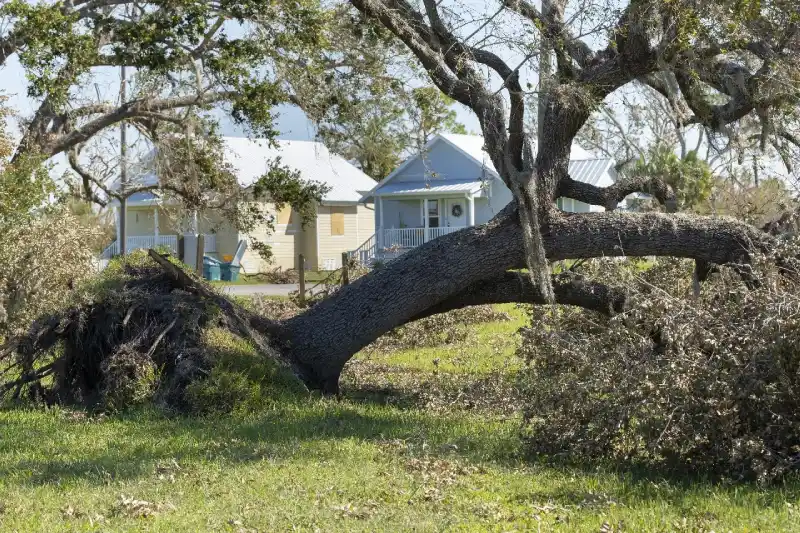How emergency tree services ensure the well-being of your surroundings
Trees are valuable assets to our environment, providing shade, enhancing landscapes, and contributing to the ecosystem. However, there are times when trees pose a threat to property and safety, necessitating immediate intervention. Knowing when to call a certified arborist for emergency tree services can prevent damage and ensure the well-being of your surroundings.
Recognizing the Signs of a Tree Emergency
Several indicators can signal the need for urgent arborist tree service. Here are some critical situations where a certified arborist should be contacted immediately:
- Storm Damage: Severe weather conditions such as heavy winds, storms, and lightning strikes can cause significant damage to trees. Broken branches, split trunks, and uprooted trees are common aftermaths of such events. A certified arborist can assess the damage and determine the best course of action to safely remove or stabilize the tree.
- Leaning Trees: While some trees naturally grow at an angle, a sudden or noticeable lean can indicate a serious issue. This might be due to root damage, soil erosion, or structural weakness. If you observe a tree that has started leaning unexpectedly, especially after a storm, it’s crucial to contact an arborist immediately to prevent potential hazards.
- Hanging or Broken Limbs: Large limbs that are hanging precariously or have broken off and are lodged in the tree pose a significant risk to people and property below. These limbs can fall at any time, causing injury or damage. An arborist tree service can safely remove these dangerous limbs and ensure the tree’s stability.
- Cracked or Split Trunks: Visible cracks or splits in the trunk of a tree are a sign of structural failure. These trees are at high risk of falling, particularly during inclement weather. A certified arborist has the expertise to evaluate the severity of the damage and recommend whether the tree can be saved or if it needs to be removed.
- Diseased or Infested Trees: Trees that are affected by disease or pests can deteriorate quickly, leading to structural instability. Signs of disease or infestation include unusual spots on leaves, oozing sap, or an excessive presence of insects. Early intervention by an arborist can often save the tree, but in severe cases, removal might be necessary to protect surrounding trees and plants.
The Role of a Certified Arborist
A certified arborist is a professional trained in the art and science of planting, caring for, and maintaining trees. They have the necessary knowledge and experience to handle emergency situations safely and effectively. Here’s why you should rely on a certified arborist for emergency tree services:
- Expert Assessment: Arborists can accurately assess the condition of a tree and determine the best course of action. Their expertise ensures that any intervention is done safely, minimizing risk to people and property.
- Specialized Equipment: Emergency tree services often require specialized equipment such as cranes, chainsaws, and safety gear. Arborists are equipped with the right tools to handle even the most challenging situations.
- Safety Compliance: Certified arborists adhere to industry safety standards and practices. They are trained to perform their duties while minimizing risk to themselves and others, ensuring that emergency services are conducted safely.
- Preventative Measures: In addition to addressing immediate emergencies, arborists can provide advice and services to prevent future issues. This includes regular tree maintenance, pruning, and health assessments.
Arborists – First Responders in Tree Emergencies
Recognizing when to call an arborist for emergency tree services is crucial in maintaining the safety and health of your landscape. Whether it’s storm damage, leaning trees, hanging limbs, or signs of disease, a certified arborist can provide the necessary expertise to handle the situation effectively. Investing in a professional arborist tree service not only addresses immediate dangers but also promotes the long-term well-being of your trees.
Originally posted 2024-05-15 20:23:57.

